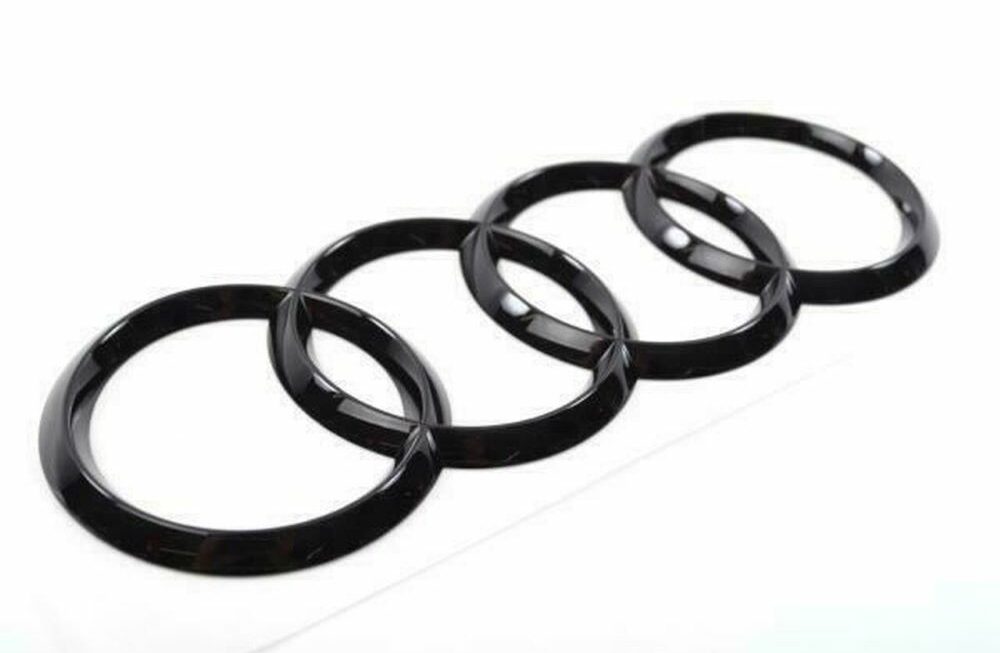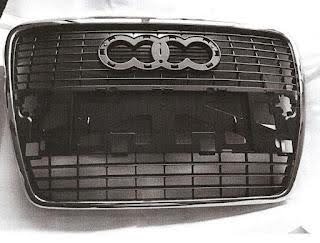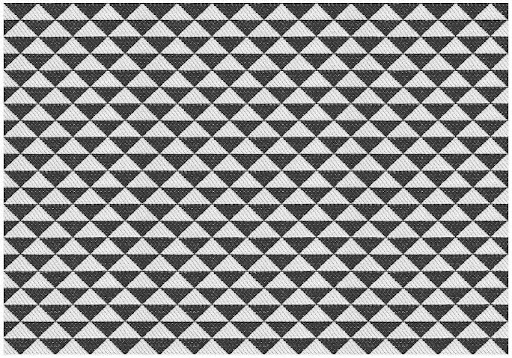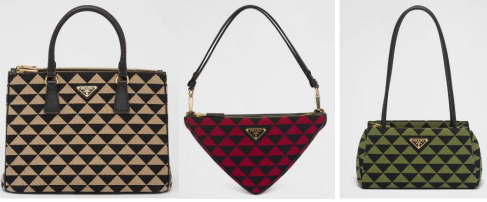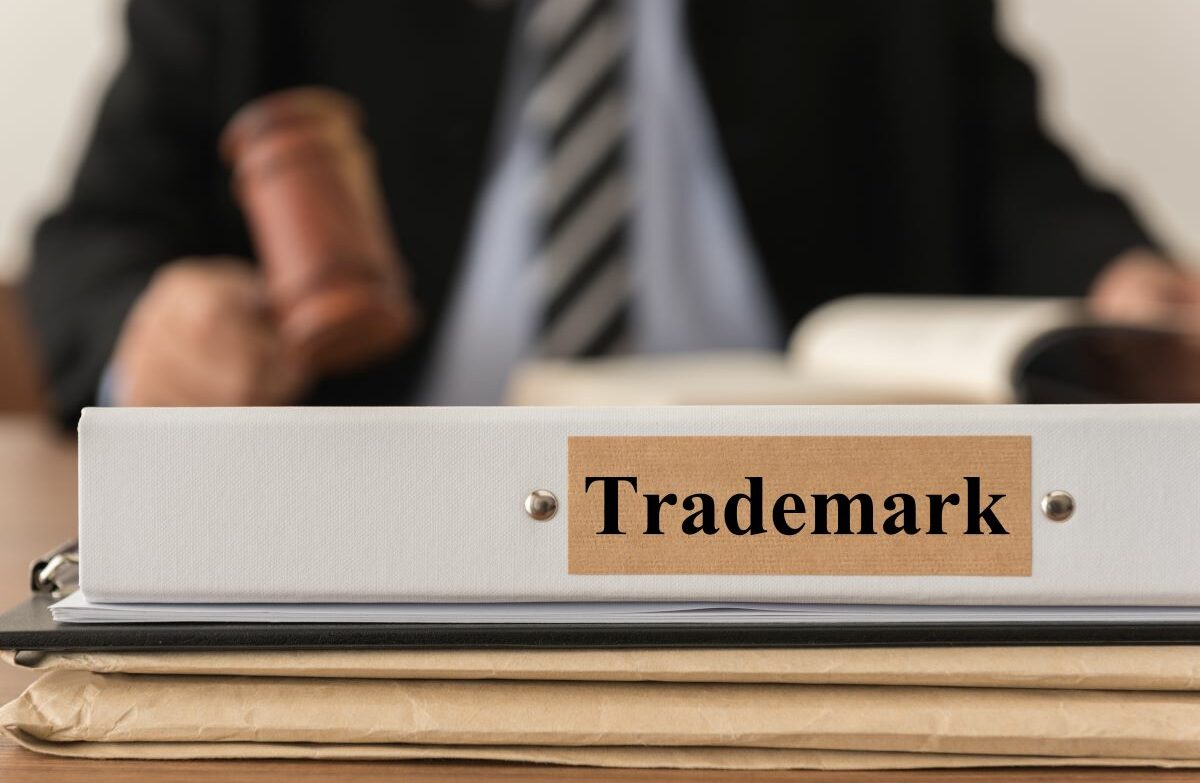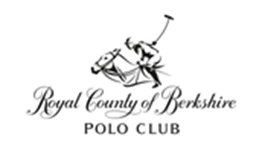There’s no point in creating a fantastic business if you don’t do your best to defend its integrity. Many entrepreneurs focus on protecting material items while overlooking their intangible assets which are equally as important, if not more.
Your brand and logo are elements that customers instantly connect with. It’s the optimal way to set yourself apart from competitors and build a long-lasting reputation amongst your target audience.
If you’re interested in safeguarding your intellectual property, you’ll need to learn how to register a trade mark in the UK.
What types of assets can you trade mark in the UK?
In the UK, you can register a range of distinctive brand assets, including:
- Slogans or product names
- Logos
- Sounds or music
- Colours
Why register your trade mark in the UK?
There are several reasons why entrepreneurs may decide to trade mark their assets; however, the primary motive is to seek legal protection. Once you complete the trade mark registration process, you have exclusive rights to those brand assets.
In turn, this can help companies achieve greater brand recognition or market expansion by preventing others from using similar marks. It also adds value to businesses and makes it easier for owners to seek legal action against infringement.
What does the trade mark application process entail?
In the UK, all trade marks are registered with the Intellectual Property Office (IPO). You can carry out this process online or via paper forms. To begin the trade mark registration process, you’ll need to:
Select a strong trade mark
Before you begin the application process, make sure you’ve got a strong brand asset that qualifies as a trademark. This means that the asset is distinctive and not simply descriptive of the goods and services it is going to be used for.
Conduct a trade mark search
Once you know which assets you’d like to trademark, carry out a clearance search to ensure your intended mark is not already in use.
Fill in a trade mark application
As part of your application, you will need to specify which trade mark classes are relevant to your goods or services. Be as thorough as possible as you can’t expand the specification at a later date.
Wait for approval and publication
The IPO must examine your trademark and ensure it meets the necessary requirements. Once approved, your application will be published in the UK Trade Marks Journal, allowing third parties to oppose the registration if they believe it conflicts with their rights.
Secure trade mark registration
If there are no oppositions during the publication period, or if oppositions are successfully overcome, you will receive a certificate of registration for your trade mark.
How long does the trademark registration process take?
The length of the trademark registration process depends on various factors. For example, you could experience delays if the examiner raises objections, or another trade mark holder opposes your application.
If there are no complications along the way, the application process should take around four months which includes the two month publication/opposition period.
How much does the trade mark application process cost?
The official fees for a trade mark application for a single class of goods and services in the UK costs £170 to register online and £200 to register by post. For each additional class, you must pay an additional fee of £50. If you decide to get professional help in registering your trade mark there will be additional fees to pay for the advice and management of your trade marks.
Once you submit your application you cannot make any significant changes and fees are non-refundable, so it’s important to go over the details with great attention to detail.
If you’re not sure whether your application will be successful, you can use the IPO’s Right Start service. This service provides a report which tells you whether your trade mark meets the rules and costs £100 plus £50 for each additional class. If you decide to go ahead with the application, you simply pay the outstanding amount.
How long does a trademark last in the UK?
Once you’ve successfully registered your trademark in the UK, you will own exclusive rights for ten years. After this date, you have the option to renew your trademark, but you must pay your renewal fees on time. Your renewal fees will depend on the number of classes your trade mark is registered under.







